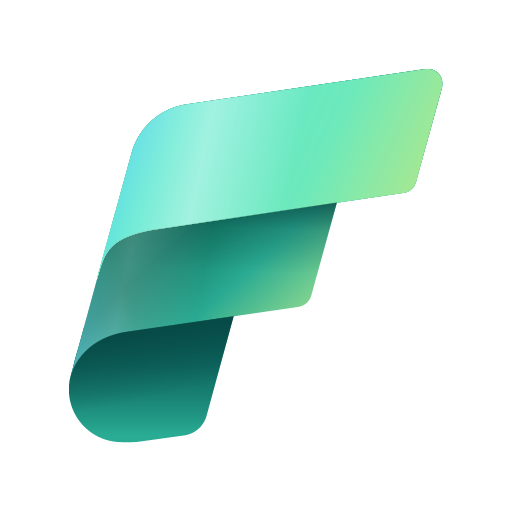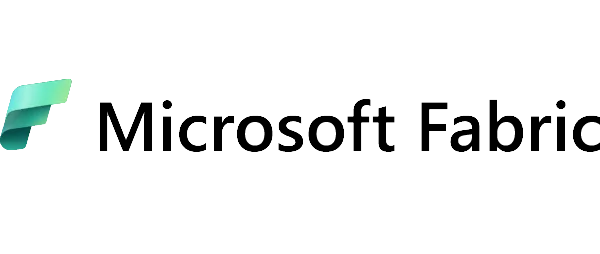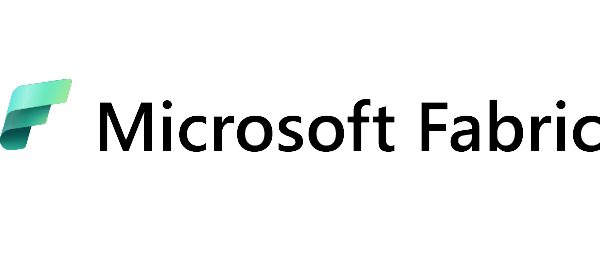
Nowadays, data management and analysis are becoming key elements in the success of any organisation. Faced with increasing amounts of data, companies must have the tools to process and analyse information effectively. Microsoft Fabric is a comprehensive analytics platform that offers a wide range of features to manage large data sets and draw valuable conclusions. The following are the main applications of Microsoft Fabric that can help improve business performance and operational efficiency.
Microsoft Fabric applications
1. Data analysis
MS Fabric enables advanced data analysis to draw valuable insights and improve business decisions. One of the key components of Microsoft Fabric’s umbrella of tools is Power BI.
Power BI is a powerful data visualisation tool that enables users to create interactive reports and dashboards. With Power BI, users can easily transform data into easy-to-understand and attractive visualisations, allowing them to identify trends and patterns in the data quickly.
It is worth taking a closer look at the possibilities that Power BI offers in the context of data analysis:
· Interactive reports and dashboards
Microsoft Power BI enables the creation of advanced, interactive reports that allow users to view and analyse data dynamically. Users can customise the information displayed using filters and other interactive elements. Dashboards, which can be easily personalised, provide quick access to key business indicators (KPIs) and other important data.
· Integration with various data sources
One of Power BI’s greatest strengths is its ability to integrate with a wide range of data sources. Users can connect to traditional databases, cloud services, spreadsheets, and even streaming data. As a result, Power BI allows data from different systems to be aggregated and analysed in one place, making the decision-making process much easier.
· Advanced analytical functions
Microsoft Power BI also offers a range of advanced analytical features that enable deeper data analysis. Users can take advantage of built-in features such as statistical analysis, forecasting, data modelling and the creation of custom KPIs. In addition, Power BI supports the DAX (Data Analysis Expressions) language, which enables the creation of complex calculations and formulas.
· Data visualisations
Power BI offers a wide range of visualisations to present data attractively and understandably. Users can use ready-made charts, maps, tables and custom visualisations in the Power BI gallery. This makes data clearer and easier to interpret, making it easier to identify trends and patterns.
· Sharing and cooperation
Power BI also easily shares reports and dashboards with other users inside and outside the organisation. With sharing features, users can collaborate on data analysis, share insights and make business decisions. Power BI also integrates with Microsoft Teams, enabling real-time collaboration directly in the communication application.
· Mobility and accessibility
Importantly, Power BI can be used in a mobile version, allowing access to reports and dashboards from anywhere, anytime. Users can view the data on their smartphones and tablets, providing flexibility and enabling them to respond quickly to changing business conditions.

2. Processing of large data sets
The MS Fabric platform is ideal for processing massive amounts of data, essential for many modern companies. With advanced tools and technologies, Microsoft Fabric enables efficient management and analysis of key information, resulting in better business performance.
The main aspects of processing large data sets with MS Fabric are:
· Scalability
MS Fabric’s analytics platform is designed with flexibility in mind. This means it can easily adapt to a company’s growing data processing needs. Whether an organisation is processing gigabytes or petabytes of data, MS Fabric ensures adequate performance and reliability.
· Processing efficiency
Using the latest technologies, such as parallel processing and query optimisation, MS Fabric allows for quick processing of large data sets. This means that analyses that might have taken hours can now be done in minutes.
· Support for various data formats
Microsoft Fabric supports many data formats, from traditional relational databases to newer technologies such as big data and NoSQL. This allows companies to integrate and process data from different sources in a single environment.
· Process automation
Automation is a key component of processing large data sets. MS Fabric offers tools to automate many tasks, such as extraction, transformation and loading (ETL). This minimises errors and increases operational efficiency.
· Real-time analysis
Today’s companies often need real-time data analysis to make quick and accurate decisions. MS Fabric enables you to analyse data streams on the fly, allowing you to respond immediately to changing market and operational conditions.
· Safety and compliance
Processing large data sets comes with security and regulatory compliance challenges. MS Fabric provides advanced data protection mechanisms, including encryption, access control and auditing, to ensure that data is protected from unauthorised access and complies with applicable regulations.
• Flexibility and integration
Microsoft Fabric easily integrates with existing systems and tools, allowing the platform to flexibly adapt to companies’ needs. Companies can use MS Fabric as the centrepiece of their data ecosystem, connecting it to other analytical tools, CRM, ERP and other business applications.
· Support for artificial intelligence and machine learning
MS Fabric supports advanced data analytics, including artificial intelligence (AI) and machine learning (ML). By integrating with AI/ML tools, companies can create predictive models, analyse patterns and make more precise business decisions.

3.Project management and teamwork
MS Fabric offers tools to support project management and team collaboration. Integrating with Microsoft Teams and SharePoint allows users to collaborate effectively, share data and reports in real-time, and monitor project progress. This increases transparency and efficiency in teamwork.
4.Compliance and regulatory reporting
In many industries, companies must meet specific regulatory requirements for data processing. MS Fabric offers advanced reporting and auditing capabilities to help companies meet these requirements. T Tools for tracking changes and monitoring regulatory compliance ensure that a company is in compliance. Automatic report generation and regular updates keep you up to date on your compliance status and minimise the risk of violations.
5.Customer Relationship Management (CRM)
MS Fabric can be effectively used to manage customer relationships. Integration with CRM tools, such as Microsoft Dynamics 365, enables the collection and analysis of customer data to better understand customer needs, forecast sales trends, and personalise offers. This allows companies to improve customer service and increase customer loyalty.
MS Fabric is a powerful tool that can significantly improve data management in the era of artificial intelligence. The platform is becoming increasingly popular in various industries with its advanced features and integration capabilities with other systems. It is worth considering its implementation to increase operational efficiency and better manage your data.



